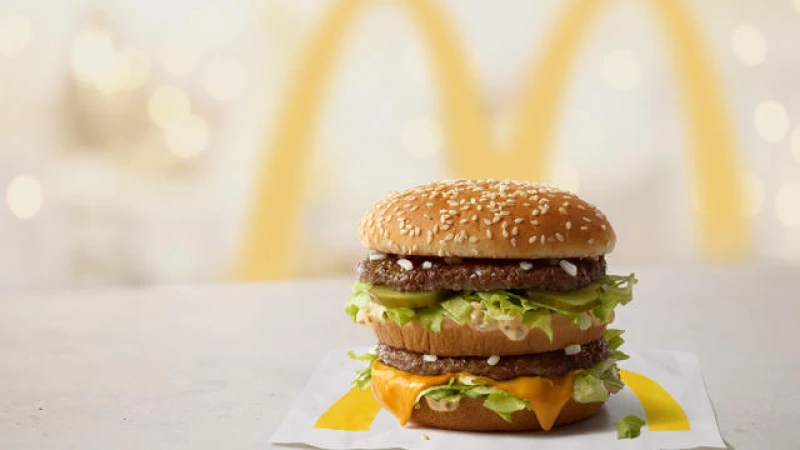Fast-Food Prices Rise Despite Cooling Inflation
The harsh inflation that's battered consumers in the pandemic's wake may be subsiding, but that trend isn't yet extending to fast-food chains, which have continued to hike menu prices at a faster clip than inflation overall as well as at the grocery store.
Fast-food became popular because it's both inexpensive and quick, but customers are finding that fast-food meals don't offer the value they once did. Some viral posts on social media have touted McDonald's meals that cost as much as $16, although the truth is that such orders included special burgers that pushed up the price.
According to data from the Labor Department, inflation overall is cooling, but it is running a different course when it comes to eating out.
Restaurant Menu Prices Rise Above Inflation
Menu prices at restaurants and other foodservice companies climbed 5.4% in October when compared with a year earlier, according to data from the U.S. Bureau of Labor Statistics. This increase is above the overall inflation rate of 3.2% on an annual basis last month, and more than double the pace of inflation for groceries.
However, the steepest price hikes were observed at fast-food restaurants, with prices at limited-service restaurants rising by 6.2% over the past year. Full-service restaurants have also increased their prices, but at a slightly lower rate of 4.3% over the same period.
McDonald's, one of the largest fast-food chains, declined to comment on the price hikes, but the company's executives acknowledged the increase in prices during an earnings call in late October. Ian Borden, the company's CFO, stated that the average pricing level for their U.S. business for the full year will be just over 10%. However, he also mentioned that the size of the increases started to decline in the third quarter.
The rise in menu prices at McDonald's has resulted in a decline in business from low-income customers, who earn $45,000 and under. McDonald's President and CEO Chris Kempczinski informed analysts that the low-income segment of their business experienced negative growth in the quarter, with a decrease in foot traffic.
Big fish tales
The viral video showing the $16.10 receipt was for a limited edition "smoky" double Quarter Pounder BLT with fries and a Sprite, with one YouTube video inaccurately calling it a "Big Mac meal."
Still, another image of a Big Mac combo meal that cost $17.59 at a Connecticut rest stop also fueled online outrage.
In fact, the nationwide average cost of a Big Mac this summer came to $5.58, up more than 10% from the $4.89 that a Big Mac cost in December of 2020, a month before President Biden took office, according to an index run by the Economist.
And the average price for a McDonald's Quarter Pounder stood at $5.45 in early October, up 6% from $5.14 a year earlier, according to a cost-of-living index compiled by the Council for Community and Economic Research, or C2ER.
The most expensive Quarter Pounder
The priciest Quarter Pounder was sold by McDonald's for $8.09 in Billings, Montana, which serves as an entrance to Yellowstone National Park and therefore ripe for tourists, the group said. The higher cost of deliveries to a remote area could be a factor in the burger's cost, it added.
Labor costs are part of the equation, and low-wage workers such as those that work in fast-food establishments have seen a rapid growth in pay, substantially eroding wage inequality, notes Josh Bivens, chief economist at the Economic Policy Institute, a left-leaning think tank.
Economist Josh Bivens recently highlighted a significant reduction in income inequality in the United States. Bivens pointed out that the ratio of the 90th-percentile wage to the 10th-percentile wage, which is a measure of inequality, had been steadily increasing between 1980 and 2019. However, in less than three years after 2019, a third of this increase was erased.
According to Bivens, the 10th-percentile hourly wage was $12.57 in 2022, reflecting a 9% increase over the three-year period. He believes that if this reduction in inequality persists, it could be the most significant development in the economy in decades.







